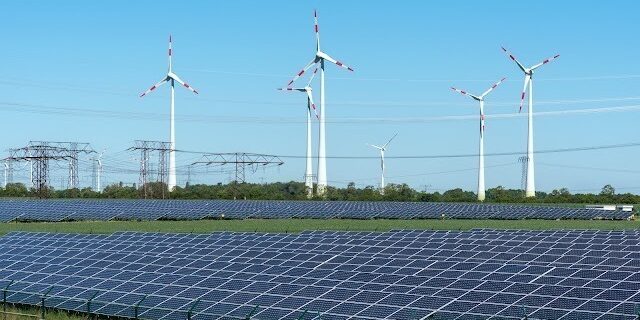Sustainable agriculture is an important issue for the future of our planet, and the use of renewable energy sources in agriculture is one of the most exciting developments in this field. Renewable energy can be used to increase sustainability in the agricultural sector, reduce its carbon footprint and lower costs in the long term.
Chapter 1: Renewable Energy Sources and Agriculture
- Solar Energy: Solar panels can be used to heat greenhouses, run irrigation systems and meet electricity needs. Solar energy is an excellent option for agribusinesses as it is a clean and unlimited resource.
- Wind Energy: Wind turbines can be used to generate energy on agricultural land, especially in areas where wind is abundant. These turbines provide an alternative to meet the energy needs of farms.
- Biogas: Biogas from animal and vegetable wastes can be used for both energy production and waste management in agricultural enterprises. Biogas systems convert organic waste into renewable energy Sources.
Section 2: Advantages of Renewable Energy in Agriculture
- Reducing Environmental Impact: Sustainable energy sources produce less carbon emissions compared to fossil fuels, which reduces environmental impact.
- Reduction in Energy Costs: Renewable energy systems can lead to a significant reduction in energy costs over time.
- Energy Security and Independence: Sustainable energy sources help agribusinesses to achieve energy security and reduce external dependence.
Conclusion:
The use of renewable energy sources in agriculture is a trend that is critical for the future of sustainable agriculture. These technologies have great potential to reduce environmental impacts, lower energy costs and improve the overall sustainability of the agricultural sector. By adopting these innovative solutions, agribusinesses can realize both economic and environmental benefits.
agriculture-policies-and-support-new.
the-importance-of-co2-accumulation-in-greenhouses/
This post is also available in:
Türkçe
فارسی
Русский
العربية






